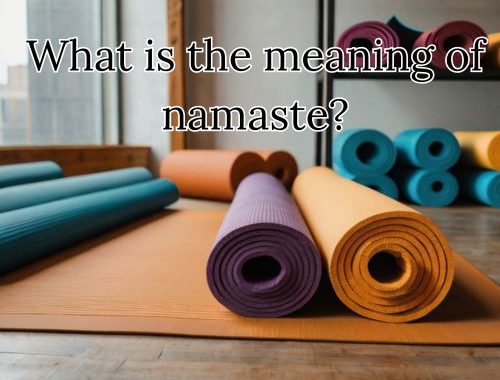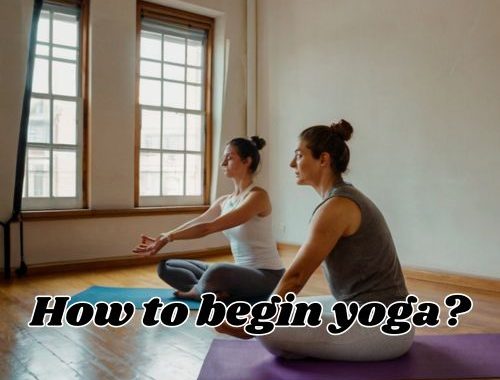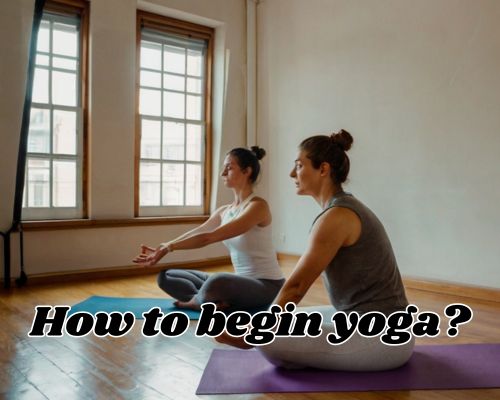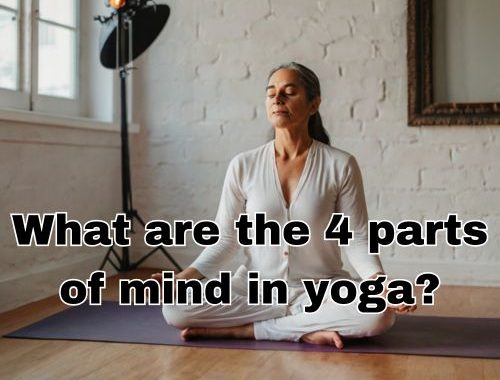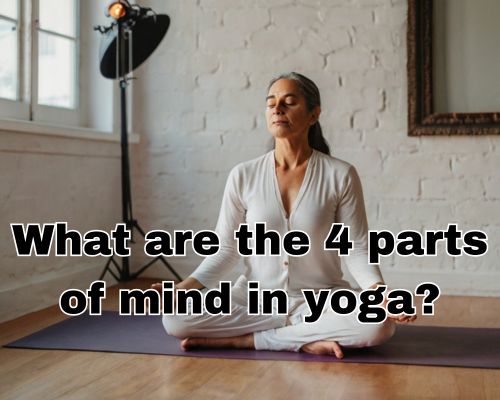What Exercise Burns the Most Belly Fat in a Female? | Mornington’s Guide to Effective Fat-Burning Workouts
When it comes to targeted weight loss, especially around the midsection, one of the most frequent questions among women in Mornington, Australia is: What exercise burns the most belly fat in a female? The truth is, while spot reduction is largely a myth, certain exercises — particularly those that combine strength training, cardiovascular activity, and core engagement — can significantly reduce overall body fat, including belly fat.

With Jane Benson of Bikram Yoga Mornington, we’ll explore the most effective exercises tailored to women, explain the science behind fat-burning, and highlight local resources around Mornington that can help you reach your fitness goals faster.
Understanding Belly Fat: The Female Perspective
Before we jump into the best fat-burning workouts, it’s important to understand the why. Women naturally store more fat than men due to hormonal differences, particularly around the abdomen, hips, and thighs. Factors such as oestrogen, cortisol levels, menopause, and insulin resistance play a key role in how and where fat is stored.
There are two types of abdominal fat:
- Subcutaneous fat (just under the skin)
- Visceral fat (deeper, around the organs — more dangerous)
The goal is to reduce both types through a combination of aerobic activity, strength training, and metabolic conditioning — all supported by proper nutrition and lifestyle habits.
So, What Exercise Burns the Most Belly Fat in a Female?
Let’s get straight to it. The top exercise for burning belly fat in women isn’t just one move — it’s a combination approach. However, High-Intensity Interval Training (HIIT) tops the list for its proven ability to target stubborn belly fat in women. Here’s why:
1. High-Intensity Interval Training (HIIT) – 🔥 Top Fat-Burner
Studies, including those cited in The Journal of Obesity, confirm that HIIT is incredibly effective at burning visceral fat. This training style involves short bursts of intense movement (think burpees, jump squats, mountain climbers) followed by short periods of rest.
Benefits for females:
- Boosts metabolism post-exercise
- Burns more fat in less time
- Balances insulin levels
- Enhances cardiovascular health
Mornington Local Tip: Join HIIT Mornington Fitness classes at the Pelican Park Recreation Centre for instructor-led workouts tailored to women.
2. Strength Training – Build Muscle, Burn More Fat
Lifting weights isn’t just for bodybuilders. Resistance training builds lean muscle mass, which increases resting metabolic rate. For women, incorporating compound movements like deadlifts, squats, and push-ups can have a powerful fat-blasting effect.
Why it works:
- Burns calories during and after exercise
- Tones midsection and improves posture
- Reduces insulin sensitivity
Local Resource: Mornington’s Anytime Fitness and Core24 Health Clubs offer weight-training zones and personal trainers specialising in women’s programs.
3. Core-Intensive Workouts – Targeting the Abdominal Area
While core exercises won’t burn belly fat on their own, they strengthen and tone the muscles underneath, creating definition as fat layers reduce.
Top core exercises for women:
- Plank variations (side planks, walking planks)
- Russian twists
- Hanging leg raises
- Bicycle crunches
Bonus: Pilates and yoga classes at Balance & Flex Studio Mornington focus on core engagement and can complement your HIIT or strength workouts beautifully.
4. Brisk Walking or Power Walking – Low Impact, High Effect
Surprisingly effective, especially when paired with clean nutrition, a consistent walking routine helps women tap into fat stores. Walking in the Mornington Peninsula coastal trails not only provides cardiovascular benefits but also supports mental health and stress reduction — a major factor in female belly fat accumulation.
LSI Keywords to Consider:
- Fat-burning workouts for women
- Belly fat exercises for females
- Women’s fitness Mornington
- Best cardio for belly fat
- Lose belly fat after 40
How to Structure a Weekly Workout Plan
A well-rounded plan ensures effectiveness and reduces the risk of plateaus. Here’s a sample weekly schedule for Mornington-based women:
| Day | Workout Type | Example Activities |
|---|---|---|
| Monday | HIIT | 20-min intervals (sprints, jumping jacks) |
| Tuesday | Strength Training | Full-body weight session |
| Wednesday | Core & Active Recovery | Pilates or yoga class |
| Thursday | HIIT + Core Focus | Burpees + Russian twists |
| Friday | Strength (Lower Body) | Squats, lunges, glute bridges |
| Saturday | Power Walk (45 mins) | Mornington Foreshore Trail |
| Sunday | Rest or Gentle Yoga | Recovery + breathwork |
Other Important Factors That Impact Belly Fat Loss in Women
✅ Diet is Key
Exercise alone won’t flatten your stomach. Focus on:
- High-protein meals (lean meats, legumes)
- Low-GI carbs (quinoa, oats)
- Healthy fats (avocado, olive oil)
- Limiting sugar, alcohol, and ultra-processed snacks
Try Local: The Soul Press café in Mornington serves nutrient-packed smoothies and macro bowls perfect for a post-workout refuel. For more, just visit Jane Benson of Bikram Yoga Mornington.
✅ Sleep & Stress
Chronic stress raises cortisol, which directly influences belly fat. Prioritise:
- 7–9 hours of sleep
- Mindfulness and breathwork
- Digital detox before bed
Explore locally: Book a class at The Private Sea Wellness Studio, which offers infrared sauna sessions and float therapy to reduce stress hormones.
Female Fat-Burning FAQ (Optimized for Semantic Search)
Q: Can you target just belly fat through exercise?
No. You can’t spot-reduce fat, but full-body workouts (especially HIIT and strength training) reduce overall fat, including abdominal fat.
Q: What’s the best workout for women over 40 looking to lose belly fat?
A mix of resistance training, low-impact cardio like walking, and hormone-friendly HIIT is ideal. Prioritise recovery and sleep.
Q: How long does it take to see results?
Visible reduction in belly fat may take 4–8 weeks with consistent training and dietary changes, depending on starting point and hormonal balance.
Q: Are there beginner-friendly programs in Mornington?
Yes. Check out Mornington Fitness Hub or F45 Training Mornington for scalable female-focused programs.
Final Thoughts: The Best Exercise for Burning Belly Fat in Women
So, what exercise burns the most belly fat in a female? The answer isn’t a single move — it’s a smart system. HIIT remains the top method thanks to its fat-torching intensity and time efficiency, but strength training, core focus, and consistent cardio all play crucial roles. For Mornington locals, the mix of outdoor trails, boutique gyms, and wellness studios provides the perfect setting to burn fat and build confidence.
✨ Whether you’re strolling the Esplanade, swinging kettlebells at Core24, or powering through a HIIT session in your backyard, remember this: it’s not about a quick fix — it’s about building sustainable habits that celebrate your strength, inside and out.




